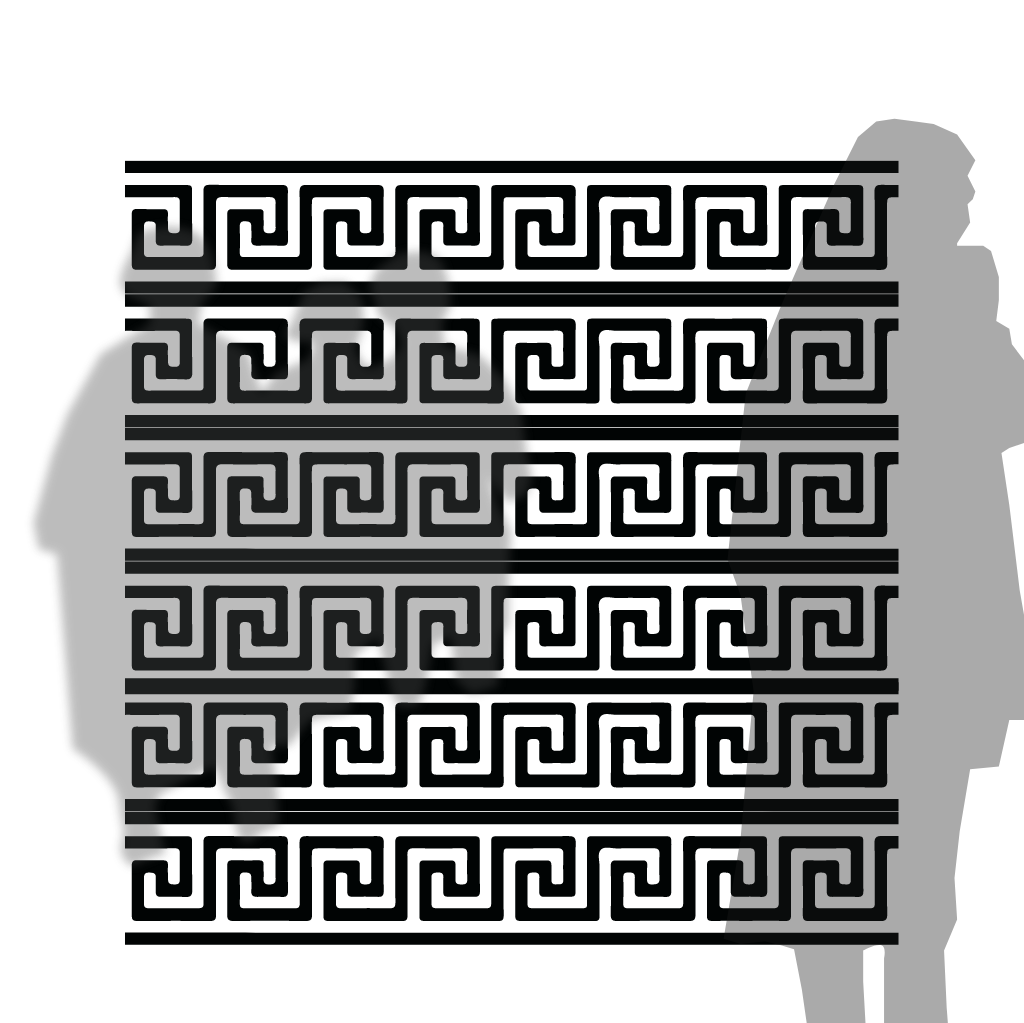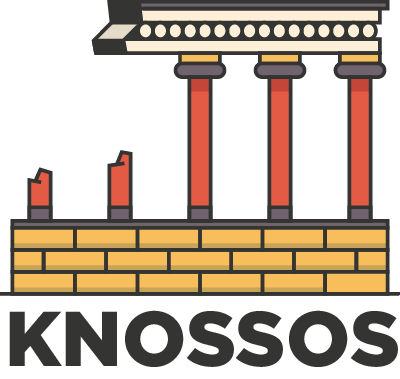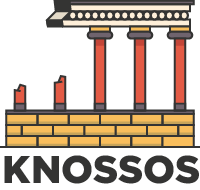
Understanding Minoan Funerary Practices: A Journey through the Ancient Civilization

Table of Contents
Minoan civilization, known for its advanced culture and art, was among the earliest civilizations to flourish in Europe. The discovery of their burial sites has revolutionized our understanding of this civilization. They provide a window into their thought processes, beliefs and practices. In this blog, we will explore the different types of Minoan funerary practices and their significance. We hope to show you a glimpse of the fascinating world of Minoan burial rituals that still remain a mystery.

Primary vs. Secondary Burials
The Minoans had two types of burials – primary and secondary. Primary burials took place immediately after death, whereas secondary burials involved removing the bones of the deceased and placing them in an ossuary. Previous assumptions about Minoan practices were that they practiced secondary burials exclusively. However, recent research challenges this assumption, suggesting that primary burials were also practiced. Studies show that both types of burials had significant religious and social elements and were specific to certain periods.
Coffin Use
During the final and post-palatial periods, the Minoans returned to the older custom of using coffins. This revival of coffin use highlights its significance in Minoan funerary practices, particularly showing reverence for the dead. Excavated coffins reveal intricate carvings and decorations, reflecting the Minoan love of art and beauty.
Intramural Burials
Intramural burials, a practice of burying the dead within the walls of houses or palaces, became prevalent during the peak of Minoan trade with the Levant. There are several theories as to why this practice began, ranging from practical considerations of space to a belief that the dead inhabited living spaces along with the living.
Midwifery and Healing Practices
Midwifery and healing practices played a significant role in Minoan society. The Minoans had a reputation for being masters of healing knowledge and practices. Some scholars have suggested a potential connection between their healing practices and funerary practices, specifically the use of herbs, such as thyme, which were believed to be able to guide the souls of the deceased to the afterlife.
Clay Coffins and Pottery Styles
It was once believed that Minoans used clay coffins, which was challenged when Greek larnakes were discovered. However, continuity in pottery styles suggests that there is a connection between Minoan funerary practices and their unique artistic culture. The discovery of Minoan funerary pottery at various sites throughout Crete support this view.
Gynocentric Religion and Rituals
It is important to understand the significant role women played in Minoan religion and rituals. Female deities and goddesses were frequently depicted in Minoan art, often demonstrating their power and leadership qualities. The snake goddess, for example, was a powerful figure worshipped in snake-filled sanctuaries found on Knossos and other Minoan sites.
The goddesses of harvest, fertility and the Earth also played an important role in religious festivities and were often depicted in a tree or flower motif. Their representation in Minoan religion and art suggest a gynocentric culture in which women held significant power in religious practice and leadership.
Priestess rituals were essential to the Minoan religion, and locations like caves and mountain summits were believed to be particularly sacred. Priestesses were responsible for performing religious rites and were often depicted wearing elaborate costumes and headdresses.
The peak sanctuaries located within caves on mountains were considered to be the most sacred sites, and it is believed that only high-ranking priestesses were allowed to enter. Ritual activities performed in these sacred sites range from offerings of statues to the goddesses, offerings of food and liquid to libations, daubed on the walls of caves and lighting of lamps to create an ambiance of spirituality.
The connection between Minoan religion and funerary practices remains a topic of debate among scholars. One theory suggests that the Minoans believed in the release of the soul from the body at the moment of death. Funeral rituals, therefore, sought to facilitate the deceased’s passage into the afterlife. The use of specific herbs like thyme and fig leaves during funeral rites hints at the Minoan belief in the possibility of the soul journey to the spirit world. The use of clay coffins is also thought to relate to their belief in the continuity of life beyond death.
In conclusion, Minoan religion was characterized by female power, sacred rituals and the belief in the continuity of life beyond death. The gynocentric aspect of their religion and their unique artistic culture remains a significant contribution to ancient Greek religion, and a deeper understanding of this civilization’s religious practices enhances our knowledge of their origins and the ancient world as a whole.
Peak Sanctuaries and Ritual Activities
Peak sanctuaries were significant locations for Minoan religious activities. These sanctuaries were usually located in caves on mountain summits and were used for various rituals and ceremonies. They were considered sacred places where the Minoans could connect with their deities and ancestors.
Initiation rites, animal sacrifice, and feasting were some of the common rituals that took place in peak sanctuaries. Initiation rites were important rites of passage for the Minoan youth. It is believed that initiation rites involved spending time alone in the caves, fasting, and performing certain rituals to prove their worthiness for adult responsibilities. Animal sacrifice was a central component of Minoan religious practices and was seen as a way of communicating with the gods. Feasting was also an important component of ritual activity and was usually done in honor of the deceased.
The peak sanctuaries were also believed to be used for funeral rituals. The caves were considered to be entrances to the underworld where the souls of the deceased would travel to. The Minoans believed in an afterlife where the soul of the deceased would reside. Archaeological excavations of the peak sanctuaries have revealed evidence of burials, including offerings of food and drink, suggesting the importance of these locations in funerary practices.
The location of these caves on mountain summits was significant for the Minoans. The high elevation of the caves made them ideal for religious purposes as they were closer to the heavens. Additionally, the caves were often shrouded in mist, adding to their mystical quality.
Significant artifacts have been discovered in the peak sanctuaries that shed light on Minoan religion. The most notable of these artifacts are the clay figurines of women, believed to represent goddesses and female deities. These figurines have provided insight into the prominence of female divinities in Minoan religion.
In conclusion, peak sanctuaries were significant locations for Minoan religious activities and funerary practices. The caves were believed to be entrances to the underworld and were used for initiation rites, animal sacrifice, and feasting. The location of these caves on mountain summits was significant for the Minoans, and the most significant artifacts discovered were the clay figurines of women that provided insight into the prominence of female divinities in Minoan religion.
An understanding of Minoan funerary practices provides insight into a culture that remains, to this day, enigmatic and fascinating. From primary to secondary burials, the use of coffins, intramural burials, midwifery and healing practices, clay coffins and pottery styles, gynocentric religion and rituals, and peak sanctuaries and ritual activities, we have covered the highlights of Minoan funerary practices. The study of these practices is significant to archaeology and cultural studies and a powerful way of immersing oneself in the extraordinary world of the Minoan civilization.



